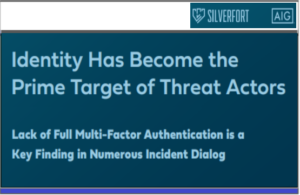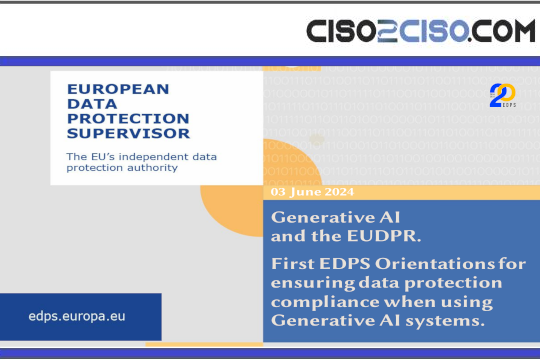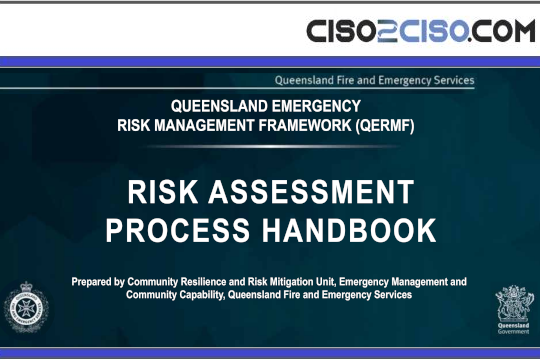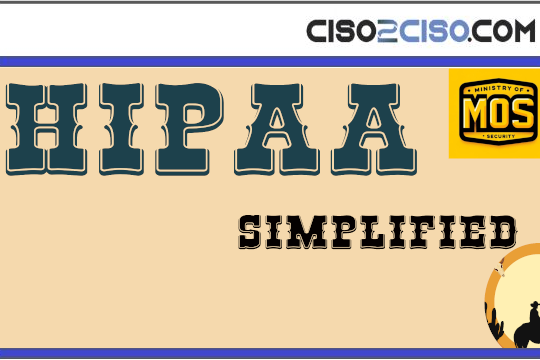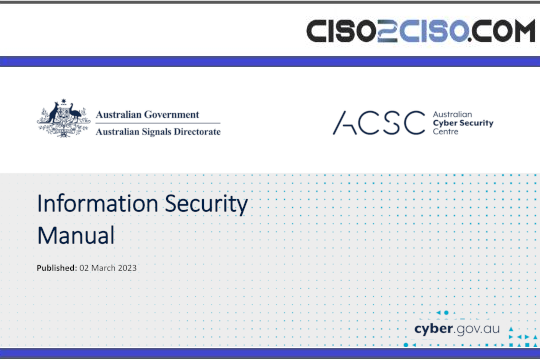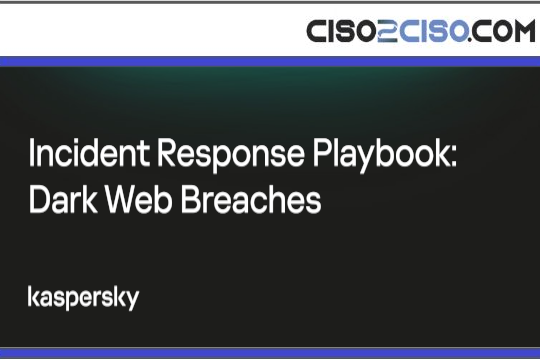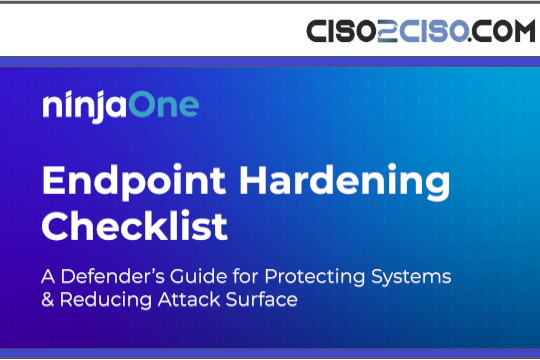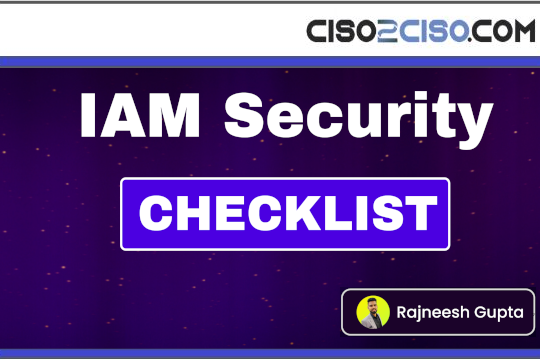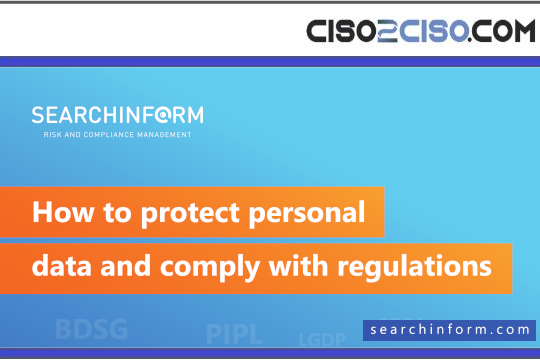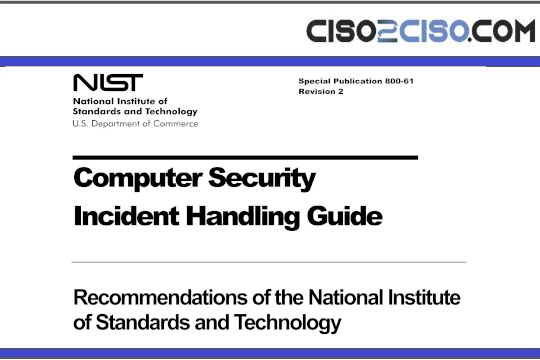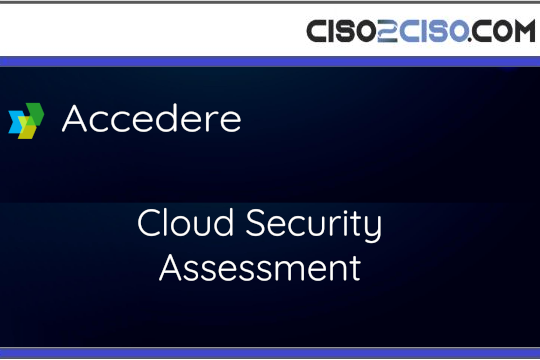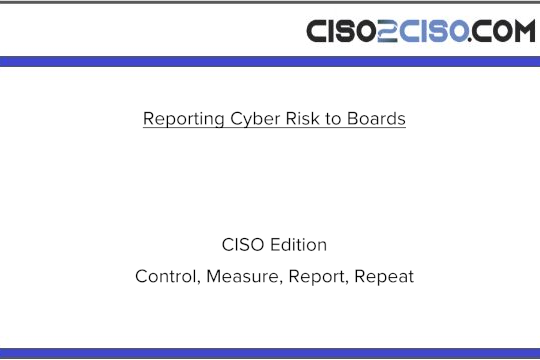At the time of publication, this vulnerability affected devices that had the DHCP client feature enabled and were running a vulnerable release of Cisco Secure Firewall ASA Software or Secure FTD Software.
Note: On Cisco Secure FTD Software, this vulnerability affected only data interfaces. DHCP traffic that is received on the dedicated management interface cannot trigger this vulnerability.
For information about which Cisco software releases are vulnerable, see the Fixed Software section of this advisory.
Determine Whether a Secure Firewall ASA Device Has the DHCP Client Feature Enabled
To determine whether a device that is running Cisco Secure Firewall ASA Software has the DHCP client enabled on an interface, use the show ip | include DHCP command and look for lines that contain DHCP. The following example shows the output for a Cisco ASA device that has the DHCP client enabled on the GigabitEthernet0/3 interface:
firewall# show ip | include DHCP
GigabitEthernet0/3 unassigned unassigned DHCP
GigabitEthernet0/3 unassigned unassigned DHCP
firewall#
If this command returns empty output, the device is not affected by this vulnerability.
Determine Whether a Secure Firewall ASA Device Is Configured as a DHCP Client
To determine whether a device that is running Cisco Secure Firewall ASA Software has a DHCP client configured, use the show running-config | include address dhcp command. The following example shows the output for a Cisco Secure Firewall ASA device that has the DHCP client configured on an interface:
ciscoasa# show running-config | include address dhcp
ip address dhcp
ciscoasa#
If this command returns empty output, the device is not affected by this vulnerability.
Determine Whether a Secure FTD Device Has the DHCP Client Feature Enabled
To determine whether a device that is running Cisco Secure FTD Software has the DHCP client enabled on a data interface, use the following steps:
- Open the Cisco Secure Firewall Device Manager (FDM) user interface by accessing the management IP of the device through a web browser.
- Navigate to Interfaces > View All Interfaces.
- For each data interface, click the Edit icon. If the Type value is set to DHCP, that interface is configured as a DHCP client.
If the interface is enabled, the device is affected by this vulnerability.
Only products listed in the Vulnerable Products section of this advisory are known to be affected by this vulnerability.
Cisco has confirmed that this vulnerability does not affect Cisco Secure Firewall Management Center (FMC) Software.





















